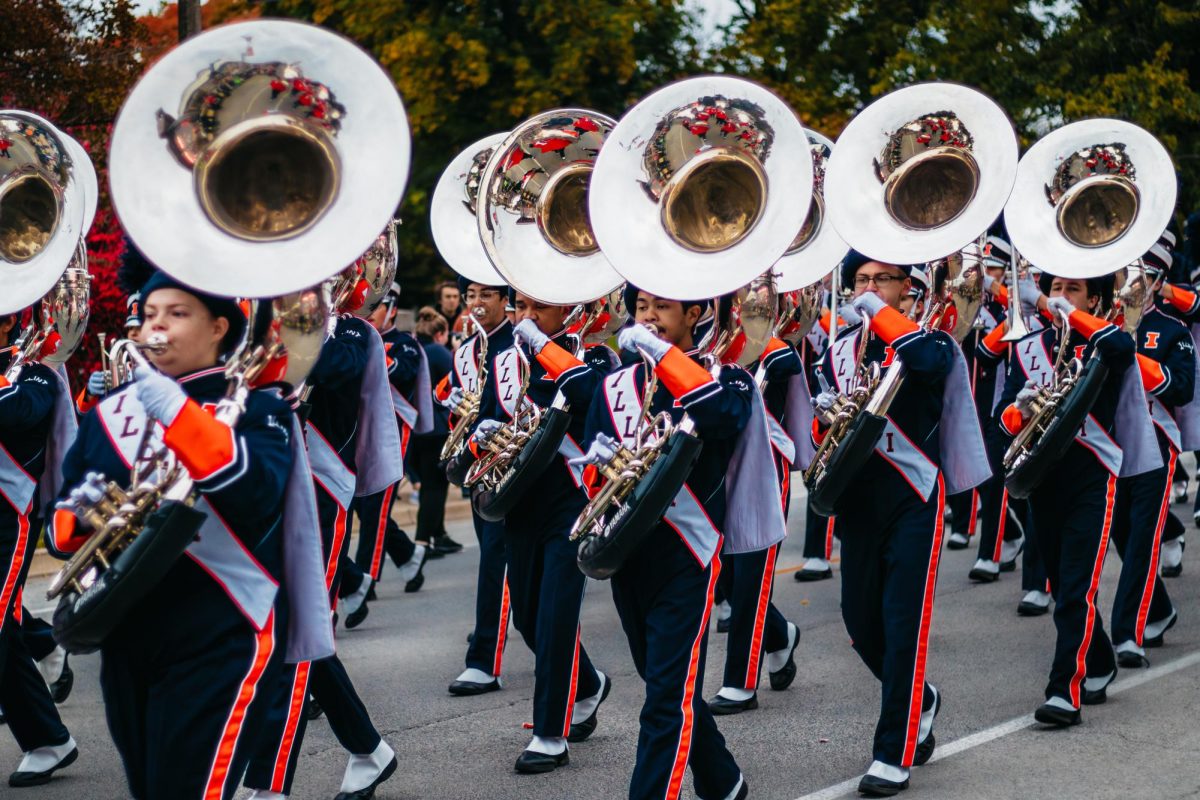Stepping into a hookah bar, thick smoke slowly rises, giving the room a hazy presence. Smells of white grape or melon fill the air as customers gather around tables and deeply inhale from tobacco-filled water pipes.
Just a few years ago, this uncommon type of venue would elicit stares or glares from passers-by. Today, however, the hookah scene is rising nationally and locally — gaining both loyal customers and health-concerned critics.
Early traces of hookah smoking date back to the mid-1500s in India; it continues to be a large part of many Asian and Middle Eastern cultures today. Steve Mag, owner of “Global Tobacco” on Green Street, said hookah is very popular in Syria, Lebanon and Jordan; many individuals even smoke in their homes.
“If you go to one of these areas, like 90 percent of the homes will have their own hookah pipe,” Mag said. “After working all day, people come back home, go outside and like to relax while smoking.”
Mag said hookah tobacco typically consists of two types: flavored, wet tobacco or straight, dry tobacco. The wet tobacco, or “shisha,” is most commonly used for hookah. The tobacco is encased with a flavored molasses, giving the smoke a particular smell or taste that is usually easier to take in than dry tobacco.
Get The Daily Illini in your inbox!
In the U.S., hookah initially took place in underground venues primarily on the West Coast. Hookah cafés and bars are now popular social attractions for college-age crowds across the country.
Claire Bao, junior in Media, first encountered hookah at a bar in the Chicago suburbs. She has since bought her own water pipe and smokes around once a month during the school year.
“For me it’s more (about) the act of smoking rather than achieving a buzz,” Bao said. “I enjoy hookah, because it’s relaxing and social. It’s a nice activity to add to conversation among friends, especially around a camp fire.”
David Humphrey, manager of the Green Street Cafe hookah bar, also noted the socialization aspect to hookah culture. During happy hours, Humphrey said the cafe is packed with students seeking to listen to music, watch a game with friends or to generally unwind.
This increasing popularity, however, has brought many critics along as well. The Smoke Free Illinois Act implemented in association with the American Lung Association win 2008 hit several local hookah venues pretty hard.
Though hookah bars are legal in Illinois, the act forbids smoking venues from holding liquor, food or restaurant licenses. Because of this, Humphrey said that several of these places “could not bounce back,” and Green Street Cafe had to divide into a restaurant and a separate hookah venue next door.
Many organizations and medical professionals have begun to increase their research on the effects of hookah smoking. While hookah has gained a reputation among users as a healthier alternative to cigarette smoking, many doctors argue the opposite.
According to Dr. Donald Greeley, head of pulmonary medicine for the Carle Physician Group, most of the positive associations linked to hookah are due to the lack of medical research on the topic.
“The feeling among lung specialists is that (hookah) is probably as harmful as cigarettes as far as the damage to your lungs and the increased risk of cancer,” Greeley said. “Any type of tobacco smoke has hundreds of compounds in that smoke as a result of the combustion … Some things may be filtered out by the water, but most are not.”
Greeley added that while a typical cigarette break lasts maybe 10 minutes, hookah sessions generally take an hour or longer, increasing the health risks. Recently many bars have also come under fire for their unsanitary disposal and pipe cleaning methods.
Ultimately the jury is still out on the concrete effects of hookah. As negative attention increases, however, some students have found what they believe to be a way to enjoy the activity while decreasing harm.
“Because I own my own hookah pipe, I know that only my lips and mouth are touching the hose,” said Hassan Ozeir, sophomore in LAS. “Being able to clean (my pipe), the back-up smoke and charcoal aren’t going into my lungs. There are also filters for the tips of the hoses to help with that.”









